50.
A friend of mine is providing some treats for a meeting at an SCA event and asked me to contribute. Ever since I did the Sugar Paste work I’ve been wanting to try some of the more advanced versions. One of the ones I’ve thought was interesting was the “White Ginger Bread” recipe in A
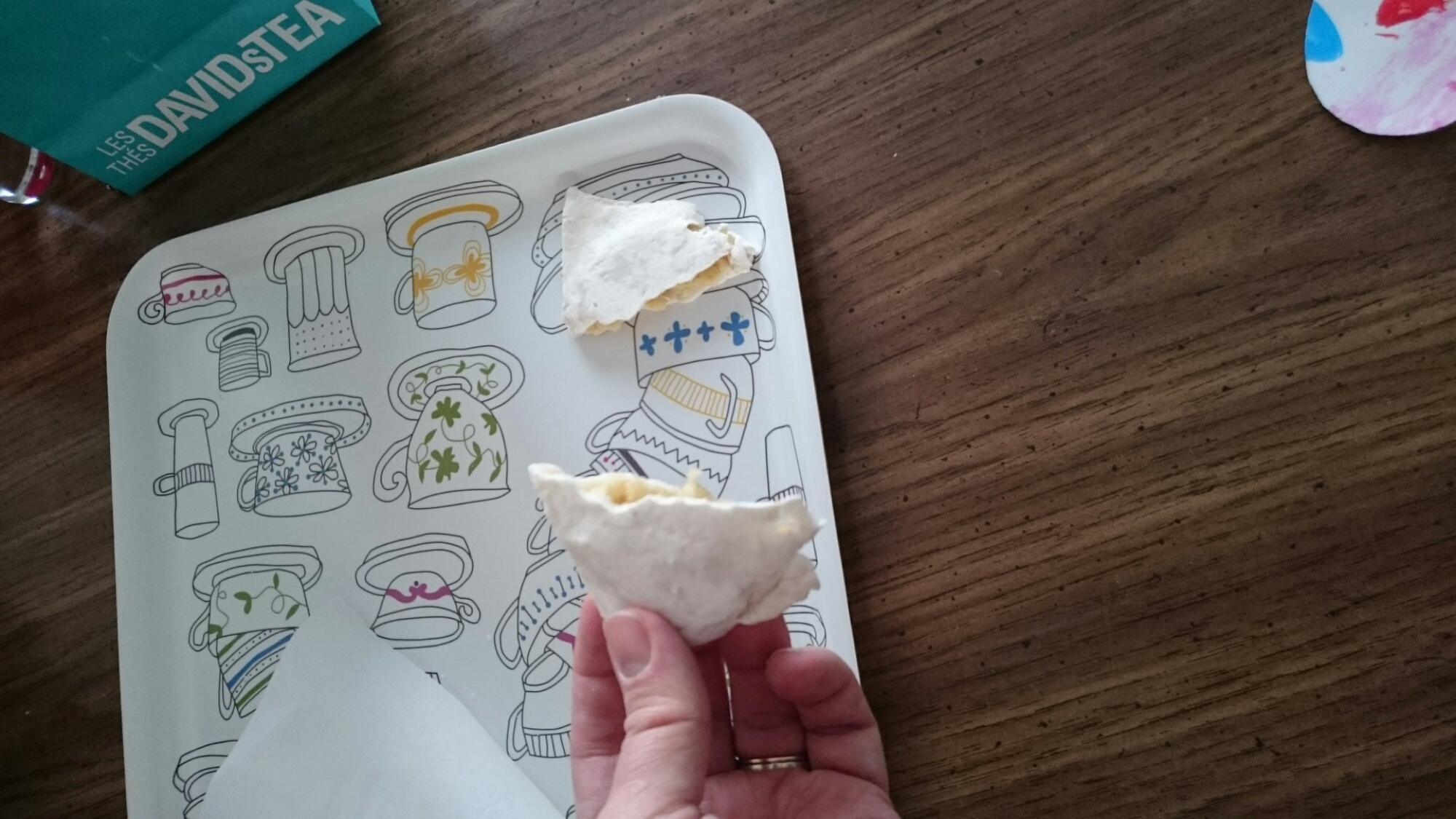
I made a mini version at the same time to taste test before I send the large version to the meeting.
Book of Cookrye, by A. W. in 1591. Of course this is the 16th century use of the word so it’s referring to confection, not necessarily something with bread in it.
I’ve never made marzipan before but I thought that combining marzipan, sugar paste, and ginger seemed like a great combination and a way to try something new.

End result is delicious. A great combination of the sugar paste with marzipan and just enough ginger to offset the rosewater.
This also marks the end of A&S 50 for me which I started in 2010. There was a fairly substantial break when I stopped playing in the SCA for two years but I’ve now completed it. As part of the completion I began linking all of my recipes on the new Recipes page. Also as part of this I won’t be using the category or tag A&S 50 any more; however, each new recipe will be added to my recipes page which should make them easier to find.
(more…)
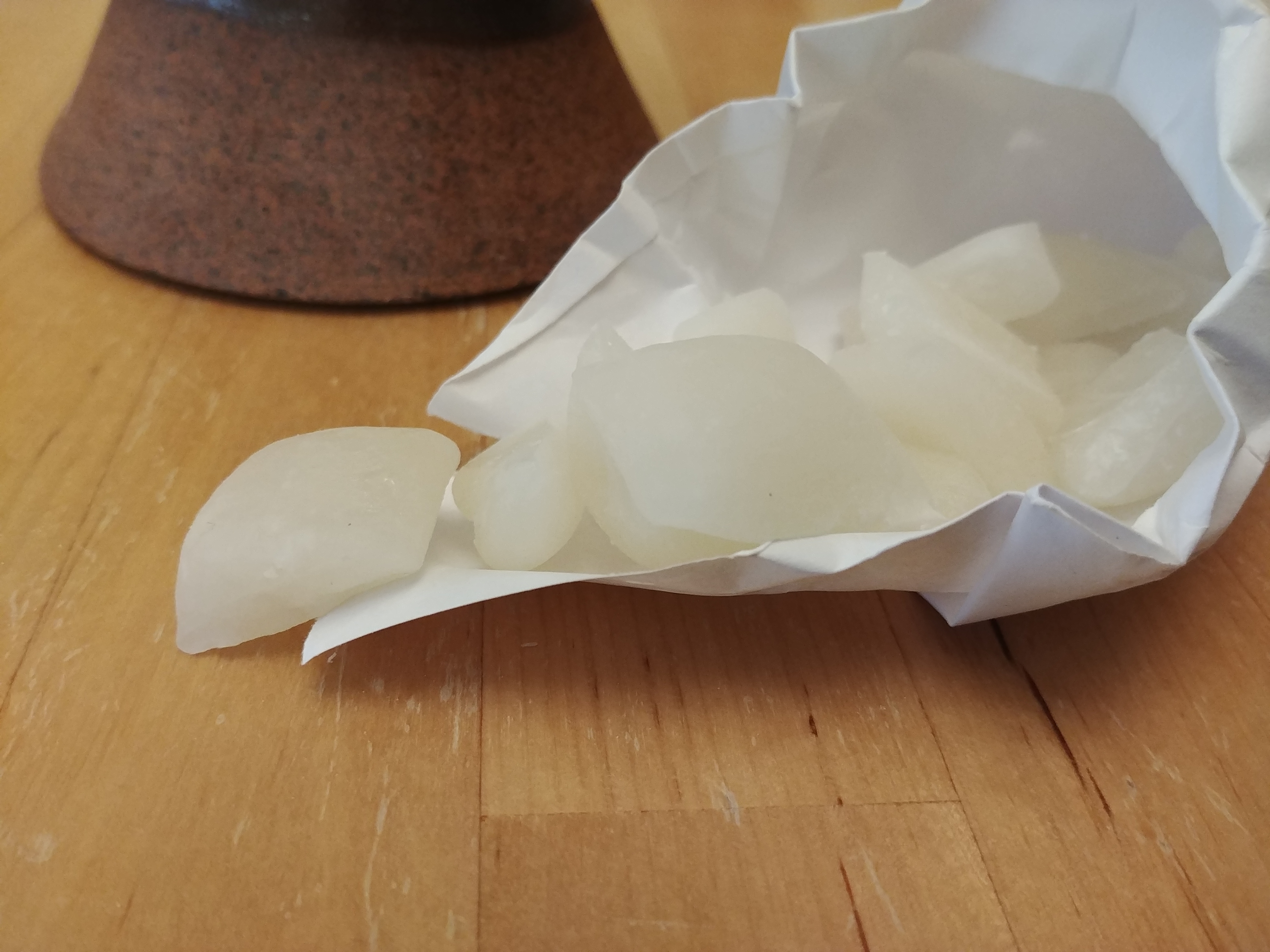
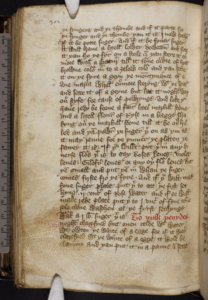
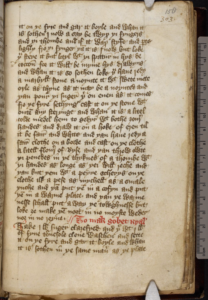
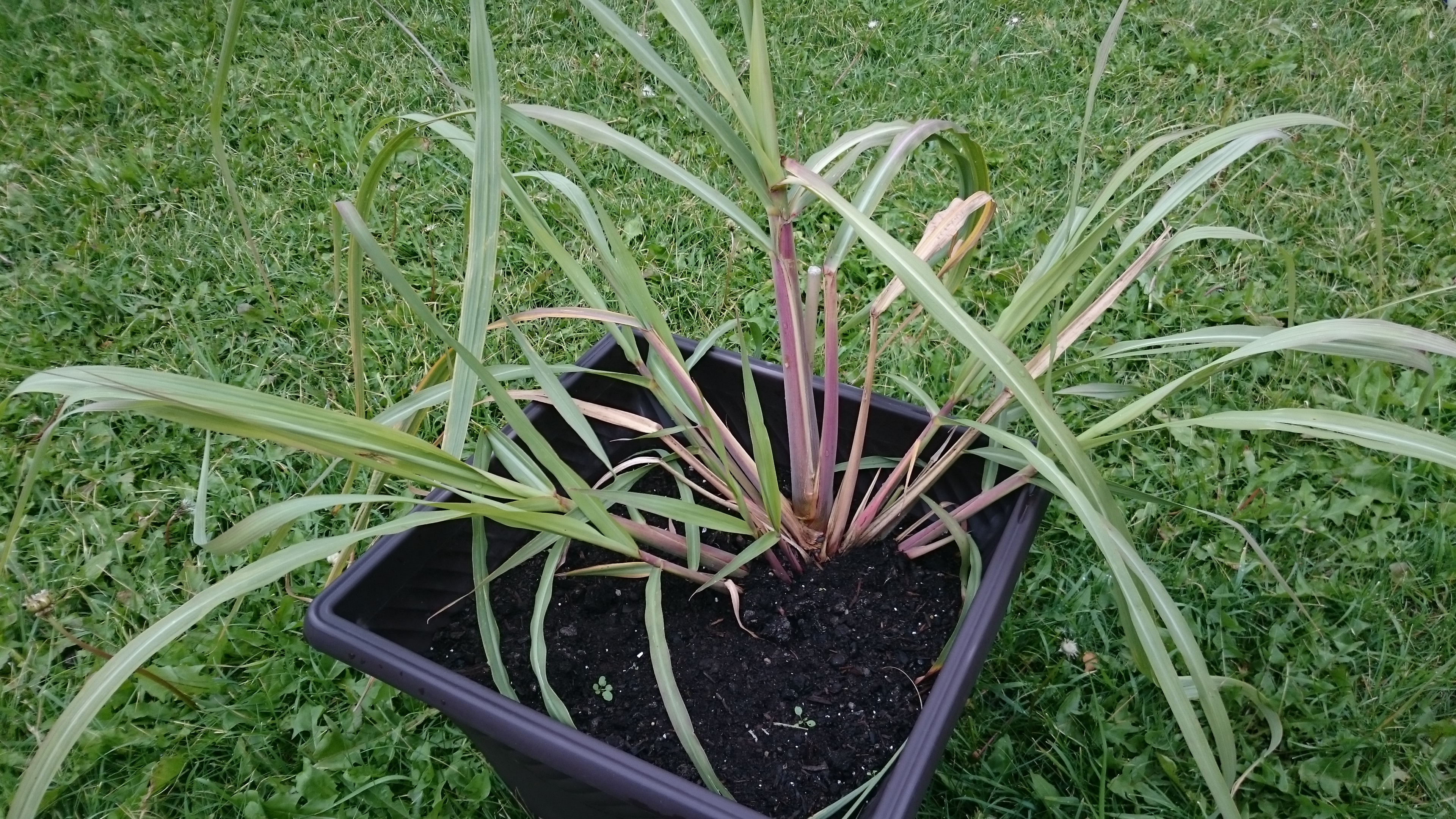
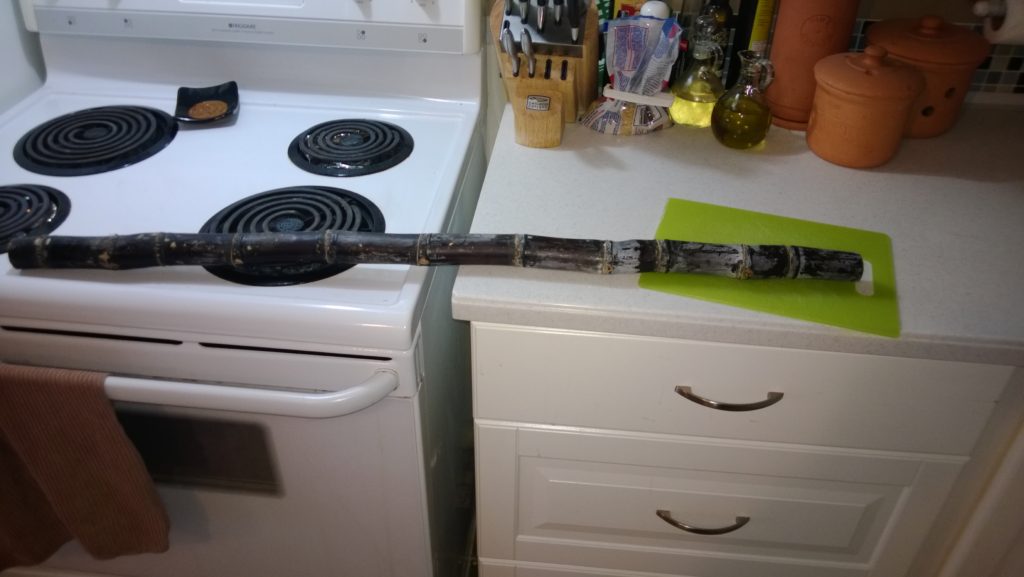
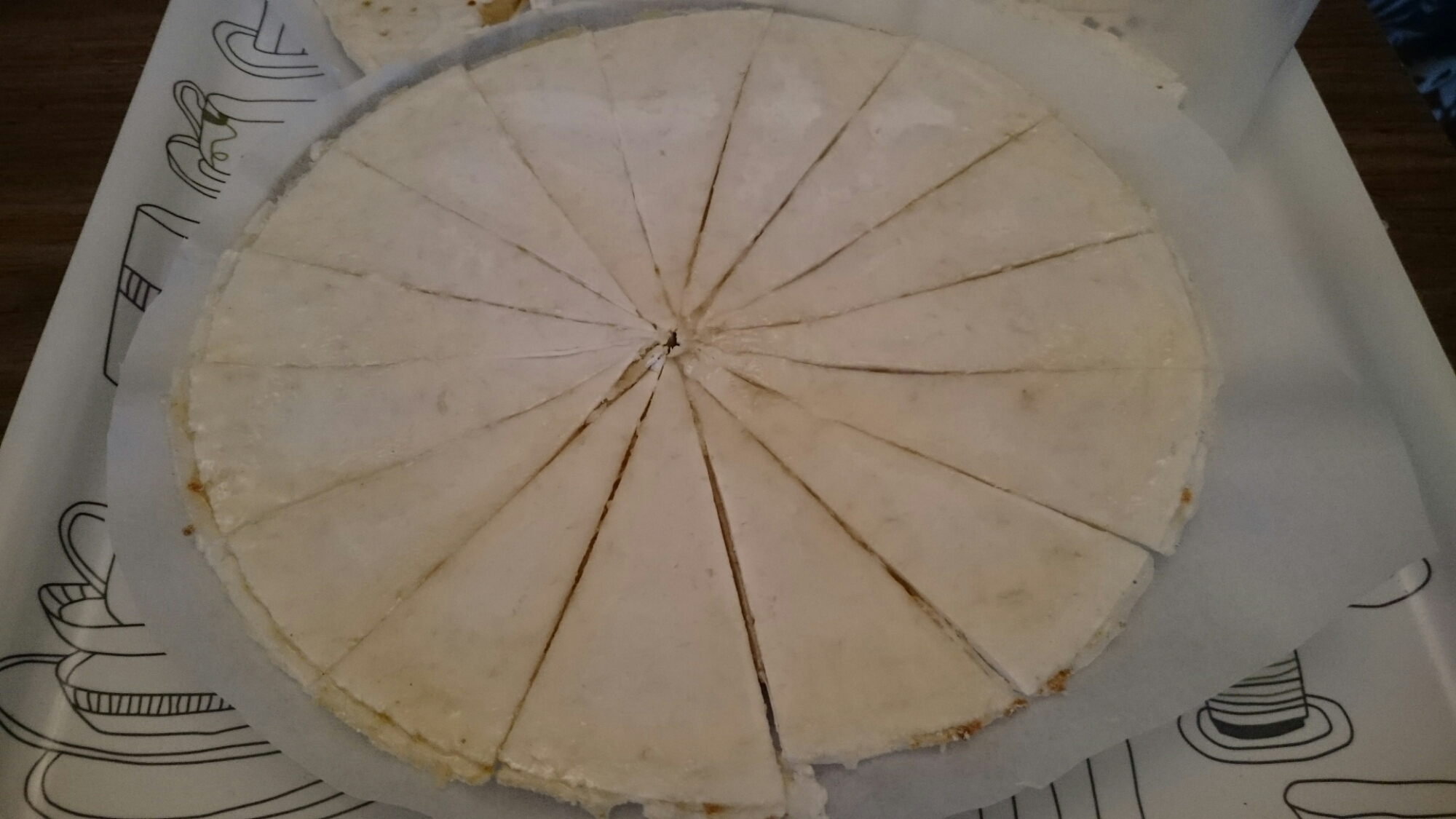


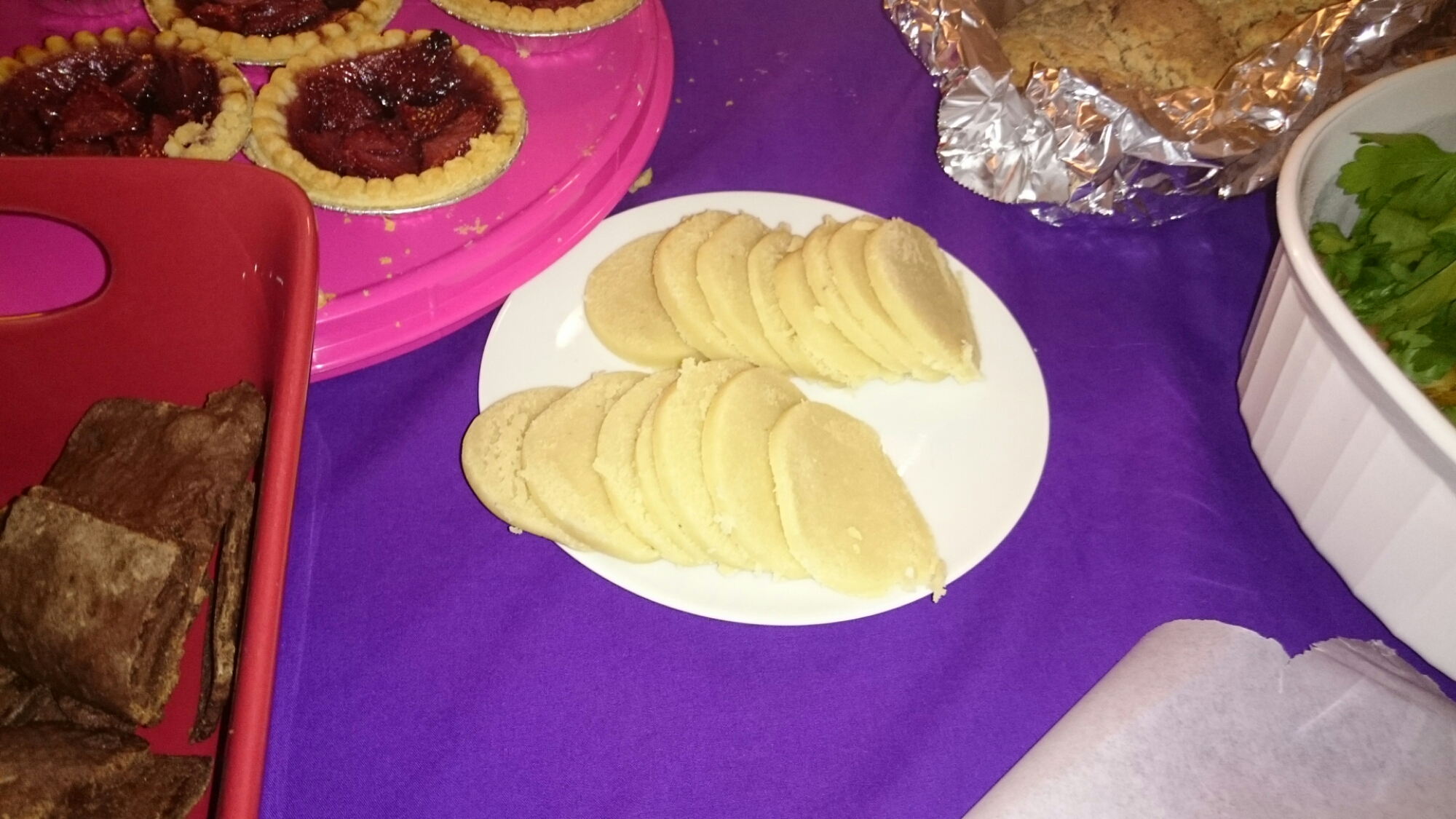
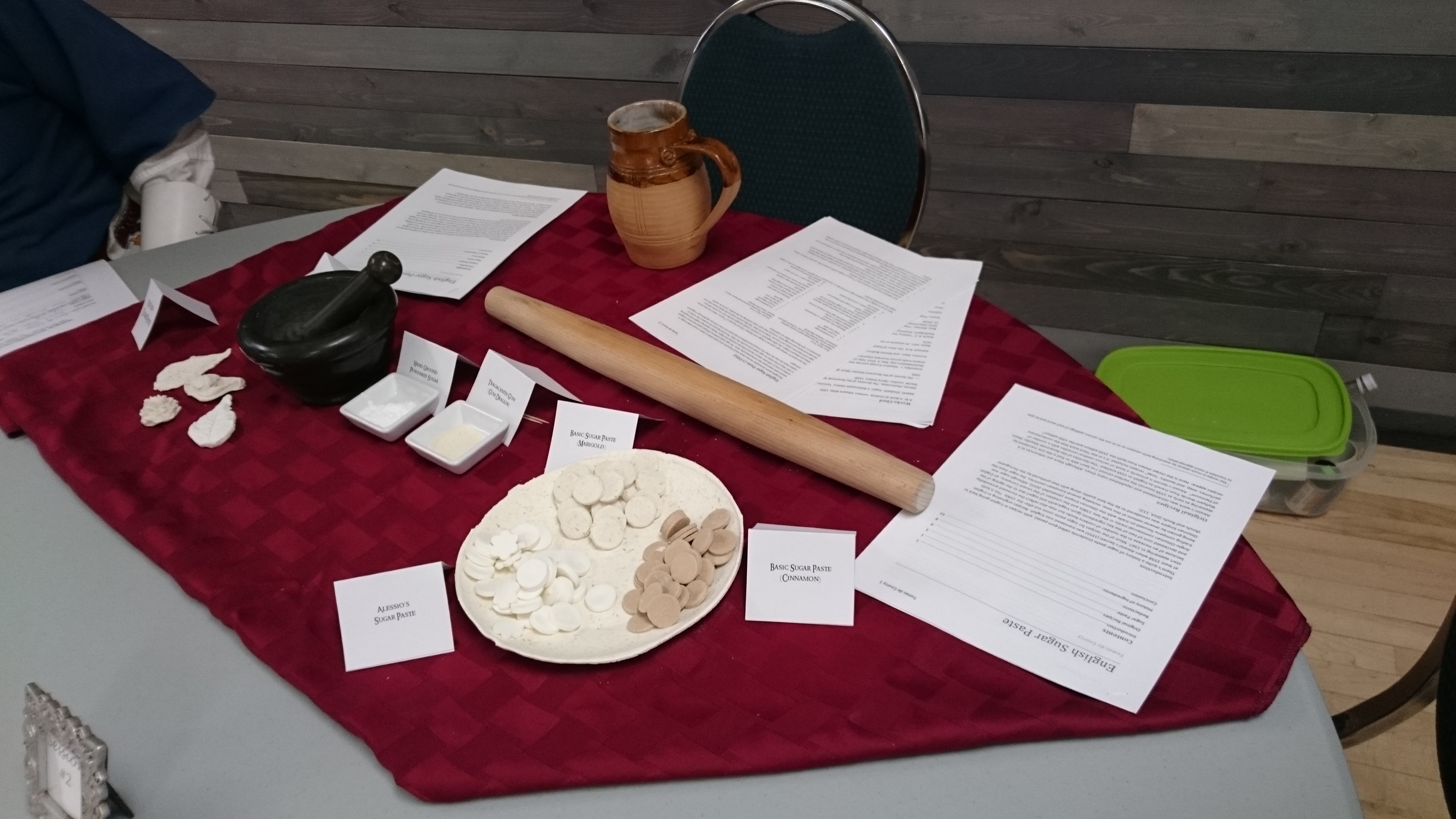
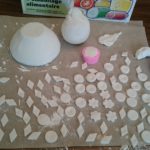
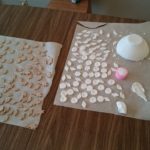
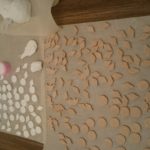
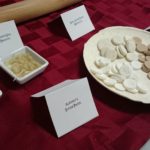
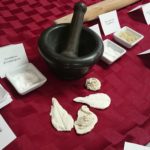
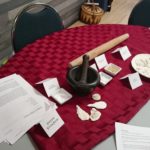
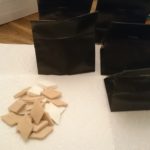
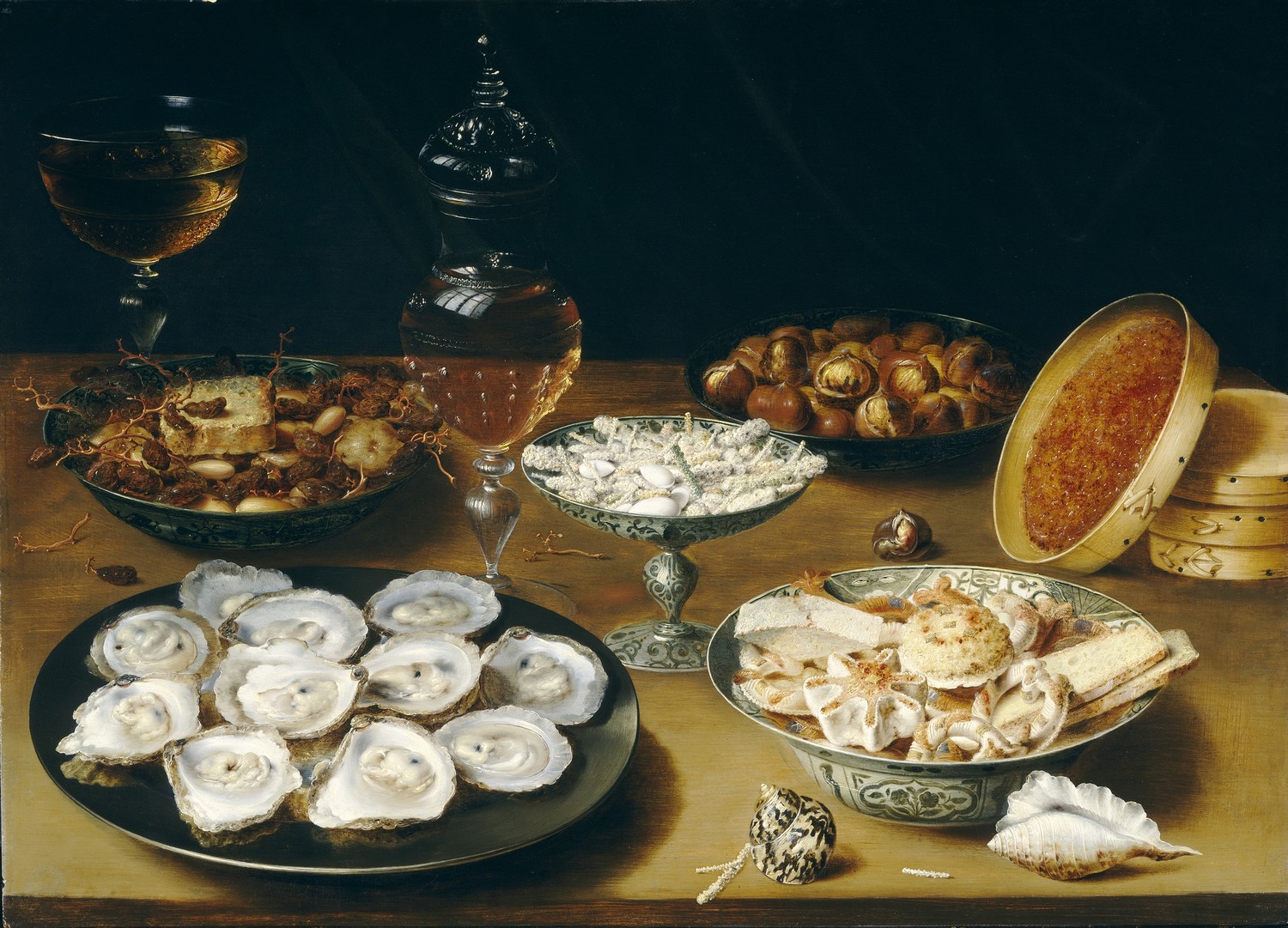
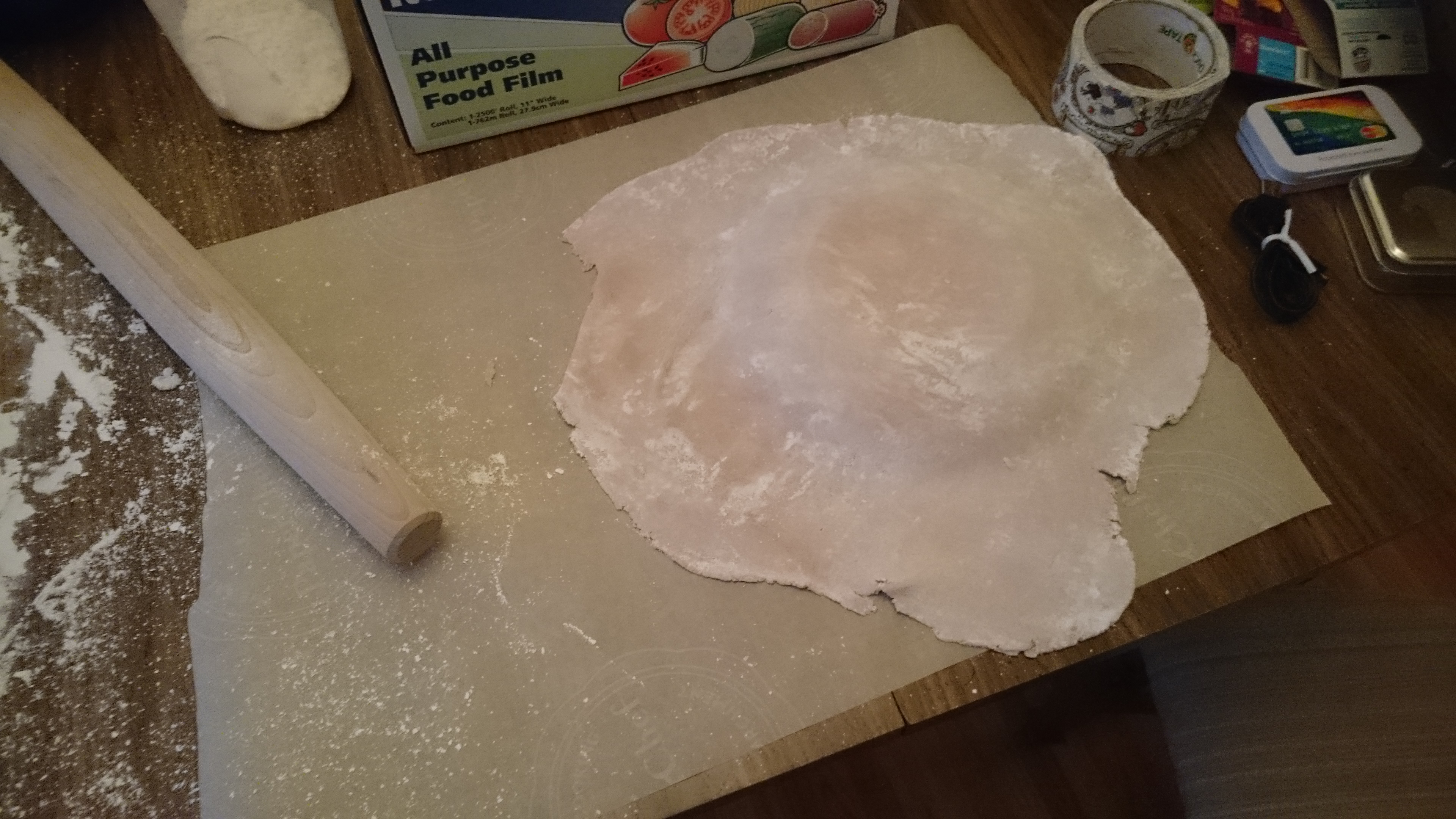
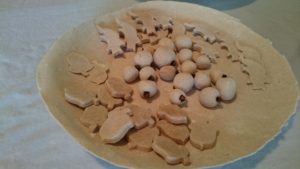

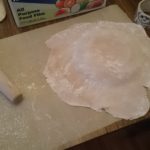
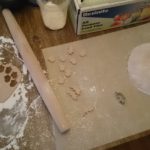
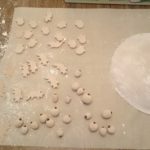
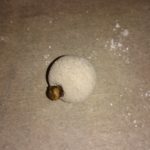
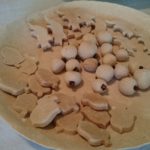
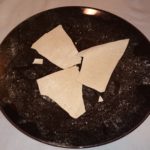
You must be logged in to post a comment.